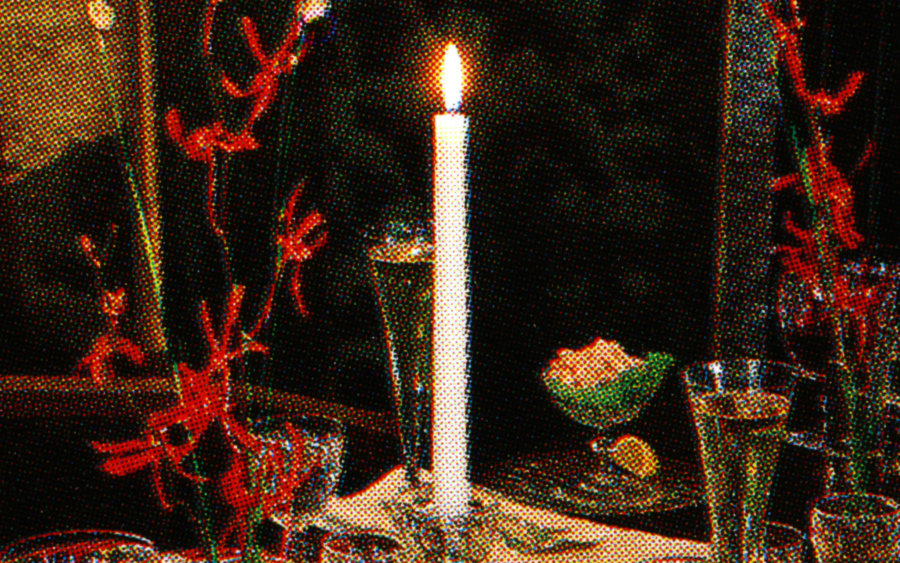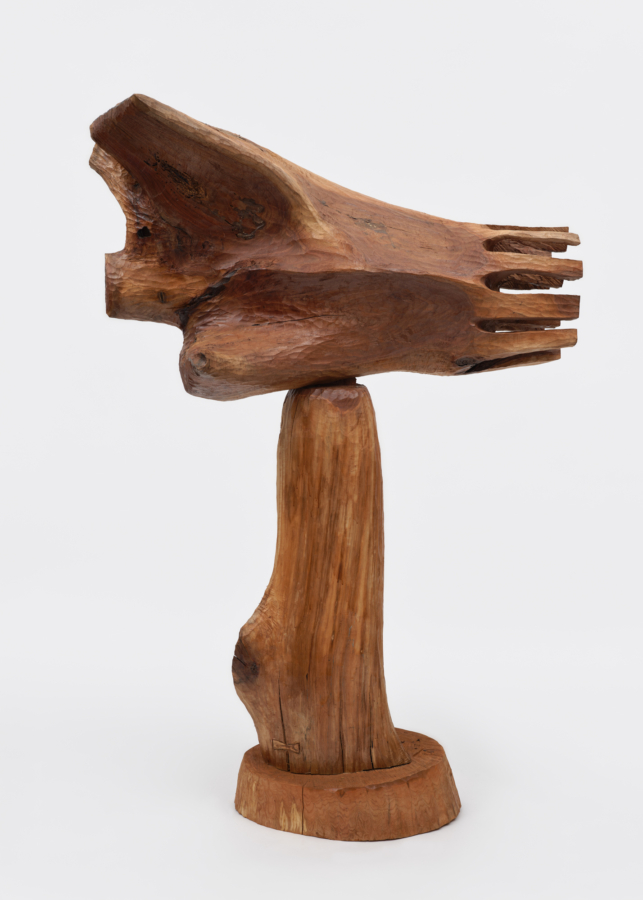Peter Bradley
Ruling Light: Paintings from the 1970s
organized by Dieter Buchhart
September 29–November 5, 2022
Karma
7351 Santa Monica Boulevard
Los Angeles
Peter Bradley
Ruling Light: Paintings from the 1970s
organized by Dieter Buchhart
September 29–November 5, 2022
Karma
7351 Santa Monica Boulevard
Los Angeles
Karma is pleased to present a major exhibition of work by Peter Bradley, Ruling Light: Paintings from the 1970s, organized by Dieter Buchhart. This show brings together works from a critical decade of Peter Bradley’s career and will be the inaugural exhibition for Karma’s Los Angeles gallery. The show will be on view at 7351 Santa Monica Blvd, Los Angeles and will run from September 29 to November 5, 2022.
In the early 1970s, the young painter Peter Bradley expanded the formal and material constraints of abstract painting. Bradley was an early adopter of gel-acrylics, which he valued because they allowed him to paint with immediacy and gave him a nearly infinite range of chromatic possibilities. Instead of traditional brushes, Bradley favored the speed of commercial grade equipment. In 1965, Bradley had started to use a spray gun, which made him among one of the first artists to use the technology.1 The effect was potent, swift and open. A leader in the development of the Color Field movement, Bradley’s central concern was to release color from its pictorial bounds; he remains unconcerned with labels.
In the early 1970s, Bradley favored the empty warehouses that proliferated across Downtown Manhattan, where he worked in the same buildings with artists William T. Williams, Kenneth Noland, Joel Shapiro and Mark Rothko. Bradley lay his canvases on his studio floors, applying color from above. During this period, Bradley was friends with musicians including Miles Davis, Dizzy Gillespie, and Art Blakely. He continues to listen to jazz while he works, applying the same spirit of spontaneity and improvisation to his artistic practice.
Bradley’s explorations with abstract painting were featured in significant exhibitions including the 1973 Whitney Biennial. The young painter’s robust practice fostered a friendship between essayist Clement Greenberg and painter Kenneth Noland. In 1971 they would join him in Houston where, with the backing of philanthropist and collector John de Menil, Bradley would curate one of the nation’s first racially integrated exhibitions of abstract art, the De Luxe Show. In later interviews, Bradley puzzled over why the show had been deemed so radical; what mattered to him was a belief in abstraction, and the dedication of an artist, regardless of race. During the show’s run, he marveled at the way school children interacted with the works on display. “This is all airy and light and free,” he said of their openness, untouched by critical debates which swirled around his pathbreaking curation.2
Bradley selects the titles of his paintings from his expansive interests which include astronomy, jazz, luxury sports cars, and cultural icons. Nix Olympia (1973) takes its name from the highest peak in the solar system, a mountain on Mars, and is likewise atmospheric and otherworldly. Starmaker (1972) looks to the cosmos in a sublime gradient of primary color. Supersqualo No. 1 (1972) sports a monumental swell of peach and hot orange, named in reference to a model of Ferrari.
Peter Bradley was born in 1940 in Pennsylvania. After attending the Society for Arts and Crafts in Detroit he would make his way to New York City in the 1960s, working in the installation department at the Guggenheim and later as the associate director at Perls Gallery. In the 1980s, Bradley would spend time making sculptures in South Africa, as part of the Thupelo Workshop. Bradley continues to work from his studio in upstate New York, laying canvases on the ground and applying color, freed from formal constraints.
A solo exhibition of recent paintings by Bradley was exhibited at Karma in 2021 in New York. His work is held in the collections of the Museum of Modern Art, New York; Metropolitan Museum of Art, New York; Museum of Fine Arts, Houston, Texas; Dallas Art Museum, Dallas, Texas; The Menil Collection, Houston, Texas; African American Museum, Dallas, Texas; African American Museum, Los Angeles, California; and Nasher Museum of Art, Durham, North Carolina, among others. Ruling Light: Paintings from the 1970s will be accompanied by a forthcoming fully-illustrated monograph, including new texts by Hilton Als, Dieter Buchhart, Mia Matthias, Hans Ulrich Obrist, and Nancy Princenthal. Karma LA will host a conversation between Dieter Buchhart, Jessica Bell Brown, Adger Cowans, Mia Matthias and Joel Shapiro on September 30th.
Dieter Buchhart, born in 1971 in Vienna, is a curator and art theorist. Buchhart holds a PhD in art history and science (restoration), and has worked as a curator of many exhibitions in renowned international museums and art spaces. From 2007 to 2009, he was director of the Kunsthalle Krems near Vienna. Since 1999, Buchhart has written art criticism, monographs and interviews for Kunstforum International and other art magazines, and has contributed catalog essays, magazine articles, and lectures as an art theorist. His research foci range from art around 1900 and Expressionism, to art from the 1980s and contemporary art.
1 Darby English, 1971: A Year in the Life of Color (Chicago: University of Chicago Press, 2017), [2]
2Darby English, 1971: A Year in the Life of Color (Chicago: University of Chicago Press, 2017), [204]



